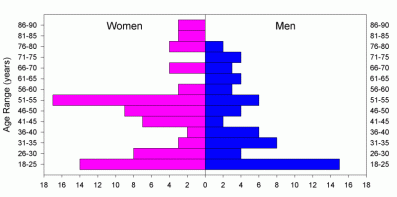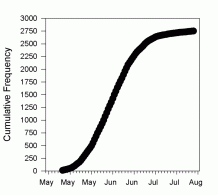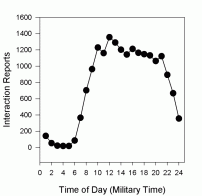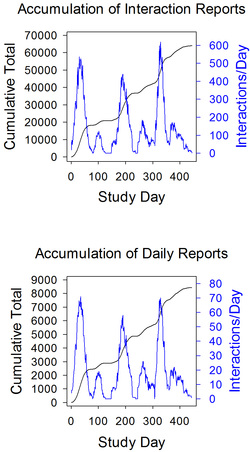Project Objectives
- To develop and expand on analytical methods for measuring and investigating the dynamic characteristics and processes implicated in individual-based models of interpersonal/social behavior.
- To elaborate and execute a data collection framework to observe the variability and change in interpersonal behavior, health, and well-being occuring at micro, meso, and macro time scales (hours/days, weeks/months, years/decades).
- To describe how the dynamics, characteristics, and approaches to interpersonal behavior, health, and well-being change over the course of hours/days, weeks/months, and how those characteristics and attitudes change and differ across early-, mid-, and later-adulthood.
- To obtain a better understanding of the intricacies and particular processes that contribute to day-to-day behavior based on the analysis of interpersonal interactions (specific to each individual) and observation of possible patterns of social behavior and responses to these interactions.
Study Overview
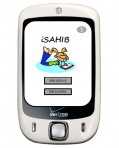
The iSAHIB project is a multi-burst ecological momentary assessment study. This research design is useful for studying people's everyday lives in natural conditions with minimal intrusion from the research team. Using smartphones (shown at right) , study members report on (a) social interactions lasting 5+ min as they occur throughout the day, and (b) the day-as-a-whole immediately before going to bed. These reports are completed for three 21-day "bursts" over an approximately 18-month period (see study design schematic below). At the beginning of each burst, study members receive extensive training on how to use the smartphone to complete their reports and on the study procedures.
Burst 1: May 12 - September 16, 2010
In burst 1, 140 members provided data on over 2750 person-days of their experience, and nearly 20,000 social interactions!
The population pyramid (bottom left) shows the age and sex distribution for iSAHIB study members. This sample spans the adult lifespan from young adulthood all the way into old age. By enrolling such a broad sample of members, we will be able to make cross-sectional comparisons of psychological processes to evaluate whether and how they change across the adult lifespan.
The population pyramid (bottom left) shows the age and sex distribution for iSAHIB study members. This sample spans the adult lifespan from young adulthood all the way into old age. By enrolling such a broad sample of members, we will be able to make cross-sectional comparisons of psychological processes to evaluate whether and how they change across the adult lifespan.
The next two figures illustrate how and when the dataset grew during burst 1. The figure at left shows that nearly 3000 person days of data were provided between May and August 2010. The figure at right shows that most of the social interactions that people described occurred between 10am and 10pm.
Burst 2: October 10, 2010 - March 28, 2011
In bursts 1 and 2 combined, iSAHIB members provided data on over 5400 person-days of their experience (roughly the equivalent of 15 years), and over 40,000 social interactions! We are so grateful for all of the study members' efforts to make iSAHIB successful. Keep up the great work everyone!
Burst 3: March 14, 2011 - July 29, 2011
Data collection is now complete! We ended up with data on 63,999 interactions and 8439 person-days of daily reports (the equivalent of over 23 person-years of daily experience). Thank you to everyone connected with iSAHIB!
Questions? Email us at [email protected]

